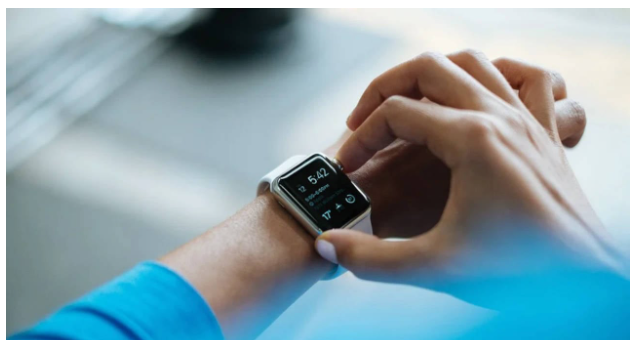Wearable Devices: A Technological Revolution in Business
Nowadays, more and more companies are paying attention to new technologies that can improve business efficiency. One such innovation is wearable devices, which open up wide opportunities for optimizing work processes and improving customer service quality.
Wearable devices are miniature computers that can be worn on the body, such as bracelets, watches, or glasses. They are equipped with various sensors and can track physical activity, environmental parameters, and much more. Wearable product development is becoming increasingly relevant for businesses as they allow wireless connectivity to smartphones and other devices, enabling wearable gadgets to transmit data in real-time.

Wearable devices offer several key benefits for businesses:
- Improving employee productivity
- Enhancing customer service quality
- Optimizing business processes
- Reducing staff health insurance costs
Examples of Using Wearable Devices in Business
Many companies have already successfully implemented wearable devices into their operations. For example, at the British supermarket chain Tesco, distribution center workers use high-tech bracelets to track goods in the warehouse. These devices help locate goods, monitor their distribution, and give instructions to employees. As a result, Tesco has managed to reduce the number of full-time workers by 18% and increase logistics efficiency.
Another example is insurance companies that plan to offer favorable conditions to customers who agree to wear devices that monitor their health and activity levels. This approach allows personalizing insurance products and motivating people to lead a healthy lifestyle.
In the construction industry, wearable devices can provide quick access to drawings, plans, and safety documentation. This increases worker productivity and safety levels at construction sites.
Challenges and Prospects of Wearable Devices
Despite the obvious advantages, the introduction of wearable devices in business is associated with certain difficulties. IT managers need to develop security and data usage policies, ensuring the protection of employees’ private information. In addition, companies will have to solve the issues of storing and processing large amounts of data generated by wearable devices.
Nevertheless, experts predict a rapid growth of the wearable device market in the coming years. According to IDC estimates, by 2024, the volume of this market will reach $12 billion. This opens up huge opportunities for businesses to create innovative products and services based on wearable technologies.
Wearable devices are not just a fashion trend, but a powerful tool for improving business efficiency and competitiveness. Companies that are already thinking about implementing these technologies today will be able to gain significant advantages in the future. The main thing is to approach this issue strategically, considering all the possibilities and risks.


